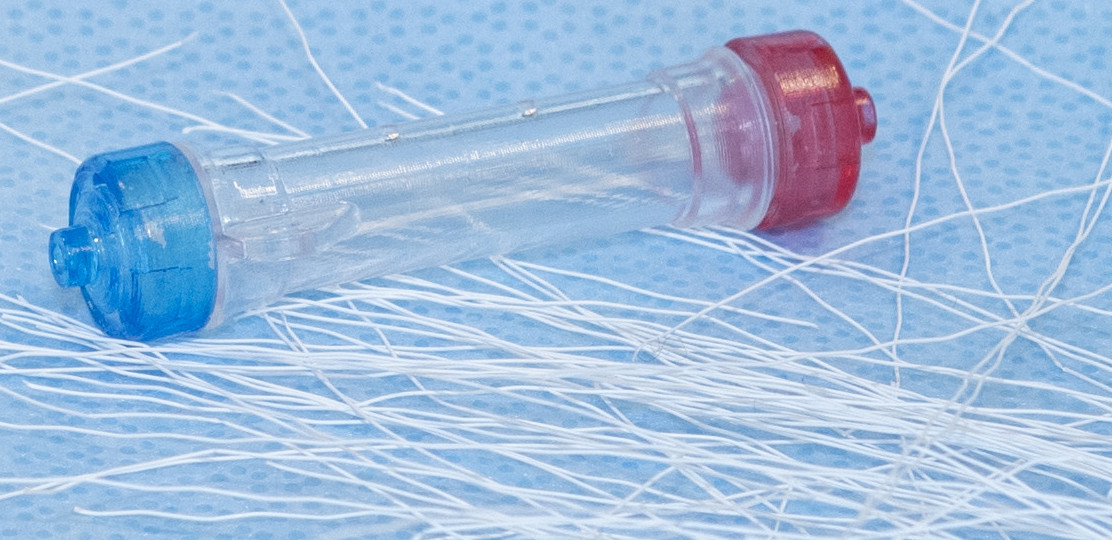
The use of systemic anticoagulation is the most widely accepted strategy in preventing the clotting of the dialysis circuit, but are you fully aware of all the options available AND the scientific evidence supporting them?
Clotting of the dialyzer circuit
Dialyzer patency is essential in achieving an efficient and successful hemodialysis treatment. However, the contact of blood with the extracorporeal circuit has the potential to activate the coagulation cascade. Clotting within the dialysis fibers – even in small amounts – reduces the exchange of molecules and therefore hampers the clearance of the blood for the patient. This ultimately leads to a reduced quality of dialysis treatment. So what can be done?

Understanding the past to unlock the future
Since the early years of dialysis, several strategies have been developed to maintain the patency of the hemodialysis circuit. From hirudin (leeches) to saline flushes to heparin-coated dialyzers – each had the same goal: keep the membrane fibers open to ensure clearance. But what drove this change over the years? Was something lacking or adversely impacting patient safety, or were methods just too costly? So how do we evolve even further?
You have options, so how do you choose?
While different anticlotting strategies are carried out practice – sometimes even within the same dialysis unit – a comparison of their efficacy is not always straightforward. Why? Because the analysis of clotted fibers by the naked eye is not sensitive, nor easy – and most certainly not objective.
So what we need are scientifically supported anticlotting strategies – and this is precisely what experts will discuss in our upcoming webinar.
A webinar was organized on March 18, 2021
- Do you want to be informed about the history and options currently available to prevent dialyzer clotting?
- Would you like to see the results of novel technologies that enable the objective quantification of different anticoagulation strategies?


